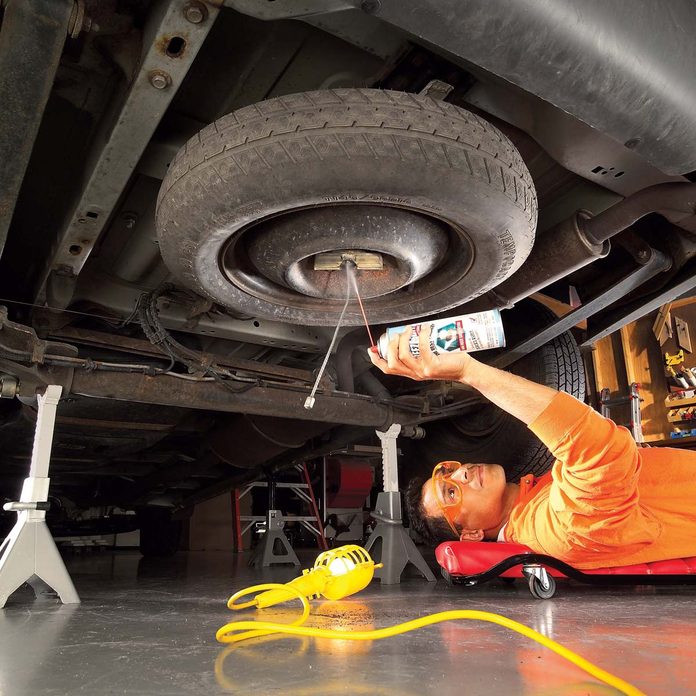Fix Your Car On A Shoestring With These Tips
Wondering what to do when your car breaks down is a common theme for many. Repairs can be rather costly, and wrong moves can cost you even more. So, how are you going to handle your next repair? Would you rather not think about it? Instead, why don't you learn something new and be able to handle everything correctly the next time around.
Check the transmission fluid every two to three months. Let your engine run and open the hood of your car. Use the transmission dipstick to check the fluid levels. If there is not enough fluid in your transmission you probably have a leak somewhere in your system. It is best to take the car to a mechanic so he can locate the leak.
If any parts of your car need to be replaced, make sure you ask for the (OEM) Original Equipment Manufacturer parts instead of generic parts. Keeping the exact specifications required by the manufacturer is essential in having optimum performance. Although generic parts are cheaper, spending a little more on OEM parts will make a big impact on your car's longevity.
When it comes to auto repair, cheaper is not always a good thing. You want someone who is knowledgeable about your make and model of car to be working on it. While you might get by having a friend do your oil change in exchange for dinner, anything more complicated is better left to a professional. You don't want to have to pay extra later to fix those "repairs".
Look for an auto repair shop that displays their certifications for everyone to see. Get a good look at it to make sure that they are current. Even if they are certified, that does not guarantee quality work, but there is a greater chance of the work getting done correctly.
Take advantage of free inspections, but don't just have them fix everything on the list. There will probably be one or two extra items added on that aren't strictly necessary. If you are light on cash, ask the technician which items are the most important to keep the car running safely. Get these done immediately, and save up for the rest of the work.
Schedule yourself extra time for free checkups, especially if you are going in on a weekend. No matter how early you get in, there are only so many bays in the garage. That means that your car may have to wait for a few paying clients before it gets looked at.
Make sure all repair records are kept close. These should be kept in the glove compartment of your vehicle for easy access out on the road. Auto repair mechanics and professionals will need the records. They will be able to find the problem easier and faster.
Understand how the repair shop you are considering charges before signing any agreements. Some shops will charge a flat fee for labor, while others base it off of time. Some will opt for original parts, while others will use generics. Know what you have ahead of you before being accountable.
Learn how to be preventative in terms of auto repair. You can do things that will help curb any future issues from happening! A big one is to follow the recommended tune-up schedule for your vehicle. As each car is different, you'll want to look up in your manual what schedule is best for you.
Make sure you know where your owner's manual is and use it! If there is a problem with your car, you will be lost without it. Sometimes, an issue is simply a result of a lack of understanding. Pick it up, read through it, and see if you can figure out what is going on.
A dent or scratch in a plastic bumper is very easy to fix. Start by cutting the bits that stick out from the dent until the edges are smooth. You can then use a filler to make the dent disappear. Sand over the area and paint to hide the repair.
Keep an eye on the wet puddles under your car. Color and consistency may help you figure out the issue. If it's pastel blue, yellow-green or fluorescent-orange, it may be an antifreeze leak due to a bad hose, leaking radiator, or water pump, or an overheated engine. Dark brown or black oily puddles can mean a bad gasket or seal is causing the leak. Red oily puddles are usually caused by a power-steering or transmission fluid leak. Clear puddles usually aren't anything to worry about, as they may be condensation from the vehicle.
Take the reins, and make sure you can usher in the best decision regarding your vehicle next time a problem occurs. Or, you can settle for the land of the lost if you are not certain on what to do next. Surely, if you read the article, you see the light.

